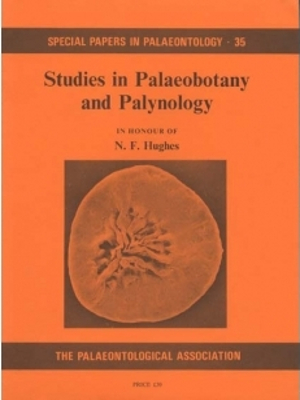Reg. Charity No. 1168330

Fischeripollis halensis sp. nov. is described from the Ulgnamba Lignite in the Hale River Basin, northeast of Alice Springs, central Australia. This unit, on the evidence of a diverse palynomorph assemblage, with some constraints provided by palaeomagnetic dating of deep-weathering profiles, is probably of Middle to Late Eocene age. Abundant rainforest taxa in the pollen spectrum suggest high, uniformly distributed rainfall. The similarity of F. halensis, which occurs either in single grains or in tetrads, to pollen of extant Droseraceae is evident in the proximo-equatorial ring of large apertures, and in the grain wall, which bears processes in two distinct size classes. The strongest resemblance is to pollen of extant Dionaea, the Venus Fly Trap, which occurs today only in the south-eastern United States. The presence of pores which penetrate directly into the main body of the grain, rather than into a system of radiating channels on the proximal face, suggests relationship with the Dionaea lineage rather than with that of Drosera. F. halensis, however, differs in detail from the pollen of extant Dionaea muscipula. This record is the oldest occurrence of this pollen morphotype.